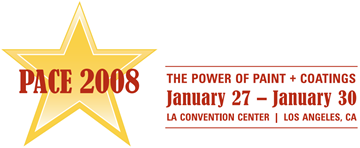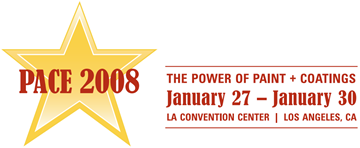Search
Products tagged with 'standards'
View as
Sort by
Display
per page
Building a Case for Commercial Contractor and Applicator Certifications
Product Number:
41214-861-SG
Publication Date:
2014
$20.00
Calibration, Verification, and Adjustment: Ensuring Accurate Inspection Measurements
Product Number:
51219-175-SG
Publication Date:
2019
$20.00
Coating Work by Sub-tier vendors the Good, the Bad and the Smulgy
Product Number:
41216-952-SG
Publication Date:
2016
$20.00
Concrete Coating Finish Texture (CFT): SSPC Standard for Texture Categories
Product Number:
51219-205-SG
Publication Date:
2019
$20.00
Developments in Testing Standards and Test Equipment for Discontinuities (Porosity) in Coatings
Product Number:
41208-416-SG
Publication Date:
2008
$20.00
Enhancing the Effectiveness of Food Grade Paint: Maximizing Safety & Reducing Corrosion
Product Number:
41215-877-SG
Publication Date:
2015
$20.00
Fluorescent (OAP) Coatings Inspection Safety
Product Number:
41213-750-SG
Publication Date:
2013
$20.00
Fundamentals of Making Good Decisions in Coatings Selection: Interpreting the Hidden Aspects of Accelerated Test Results
Product Number:
41212-722-SG
Publication Date:
2012
$20.00
Green Blasting Technology with Focus on HSE and Quality
Product Number:
41212-705-SG
Publication Date:
2012
$20.00
Increasing Weathering Test Acceleration Through higher Irradiance
Product Number:
41214-873-SG
Publication Date:
2014
$20.00












